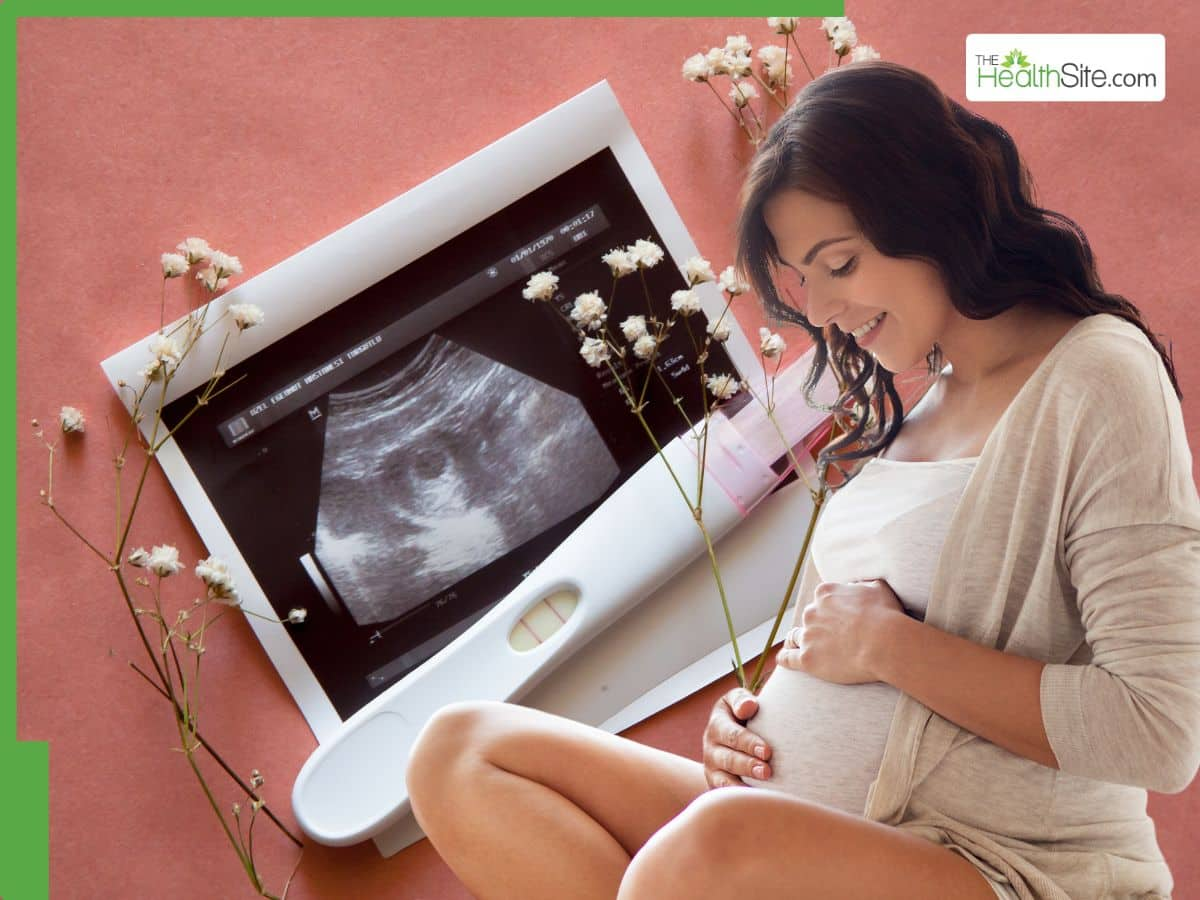AS women, we journey through three defining periods in our lives: our regular menstrual cycles, perimenopause, and, eventually, menopause. Each stage represents a unique phase of physical and emotional evolution, requiring us to understand, adapt, and thrive through these transitions. World Menopause Day, recognised on October 18, proved to be an opportune time to demystify menopause, share insights on, and encourage women to view it as an empowering phase of life, where proactive health management can significantly enhance well-being.
What is menopause and when does it happen? Menopause marks the end of a woman’s reproductive years. It is defined by the permanent cessation of menstrual periods, typically occurring between the ages of 45 and 55, with the average age being around 51. It is often misunderstood as a sudden event, but menopause is a gradual transition that begins with perimenopause, a stage that can last for several years.
Perimenopause is the transitional period leading up to menopause, where hormonal changes — particularly fluctuating oestrogen levels — begin to manifest in various physical and emotional symptoms. Many women enter perimenopause in their 40s, though some may begin experiencing it in their late 30s. Perimenopause and menopause together are natural biological stages that every woman will experience, yet they affect each individual differently.
Perimenopause vs menopause: What’s the difference? Perimenopause is characterised by irregular me.


















